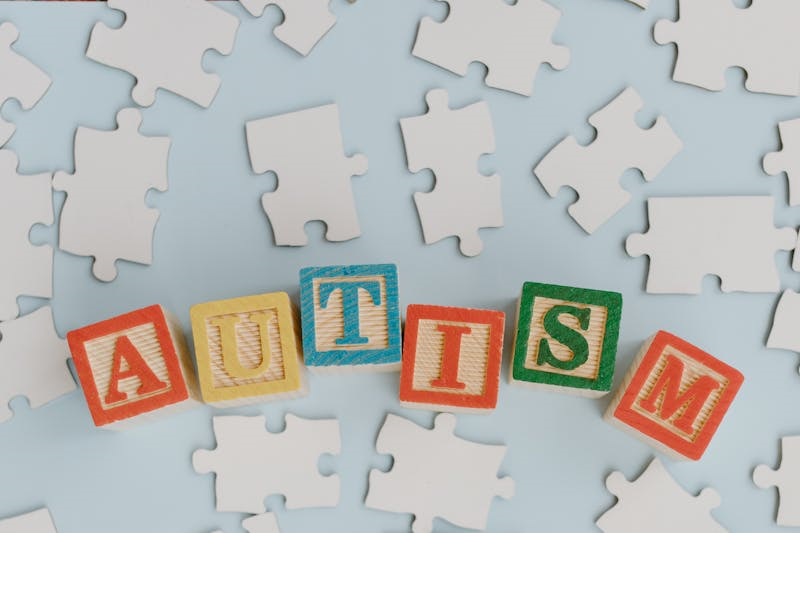Autism Spectrum Disorder (ASD), commonly referred to as autism, is a complex neurological condition that carries profound impacts on an individual’s behavior, communication, and social interaction. It is named a “spectrum disorder” due to the variation of symptoms and severity among individuals affected (National Institute of Mental Health, n.d., https://www.nimh.nih.gov/health/topics/autism-spectrum-disorders-asd).
ASD is most commonly diagnosed in early childhood, typically before the age of three, and is characterized by developmental delays in factors that are fundamental to understanding and interpreting the world and one’s interaction with it (Autism Society, n.d., https://www.autism-society.org/what-is/). Often, autistic individuals exhibit restricted, repetitive patterns of behavior, interests, and activities that are time-consuming and significantly impact their daily functioning.
Per the Centers for Disease Control and Prevention data, ASD symptoms can fluctuate in severity and can vary from minor impairments to substantial disabilities (“Data & Statistics on Autism Spectrum Disorder,” 2020, https://www.cdc.gov/ncbddd/autism/data.html). The two main “umbrella” symptoms of autism generally encompass social/communication deficits and repetitive, routine-based behaviors. For some, it may involve significant language delays, while others might show minimal verbal impairments but fail to understand the nuances of social conventions.
But what causes autism? Although there is no definitive answer, research suggests it is a combination of genetic and environmental factors. Findings showed connections between ASD and specific gene mutations, as well as prenatal exposure to certain factors that might affect early brain development (Verma & Kumar, 2021, https://link.springer.com/article/10.1007/s12291-020-00930-2).
ASD’s complexity also extends to its associated medical conditions, including comorbidities such as epilepsy, sleep disorders, and gastrointestinal issues, which add to the diagnostic challenge (Autism Speaks, n.d., https://www.autismspeaks.org/associated-medical-conditions).
The evolution of society’s understanding of autism in the past few decades has also played a significant role in addressing the condition. Earlier perceptions categorized autism as a form of childhood schizophrenia to the profound, separate neurological condition it is understood to be now (Goode, 2017, https://www.tandfonline.com/doi/abs/10.1080/09687599.2017.1320276). However, despite these advances, much work is needed to further unravel the intricacies of this complex disorder.
Strategies to manage ASD span from behavioral interventions and speech therapy to occupational therapy and medication, depending on individual needs. A substantial focus of intervention lies in social skills training, where individuals with ASD are taught to interpret intricate social cues and apply them effectively to daily life (“Treatment and Intervention Services for Autism Spectrum Disorder,” 2020, https://www.cdc.gov/ncbddd/autism/treatment.html).
Autism is a multifaceted, complex disorder that is yet to be fully understood. It significantly impacts an individual’s life, requiring the development of comprehensive measures for intervention and treatment. Future research, while focusing on understanding the pathogenesis of the disorder, should equally direct efforts towards the betterment of services and accessibility of resources catering to the diverse needs within the autism spectrum.
Despite its challenges, individuals with autism often demonstrate unique abilities and passions, illuminating the fitting adage that “If you’ve met one person with autism, you’ve met one person with autism.” Everyone’s ASD journey is distinct and is a testament to the understanding that in the realm of human neurology, there’s no such thing as “normal.”
Brotha Editorial Staff








